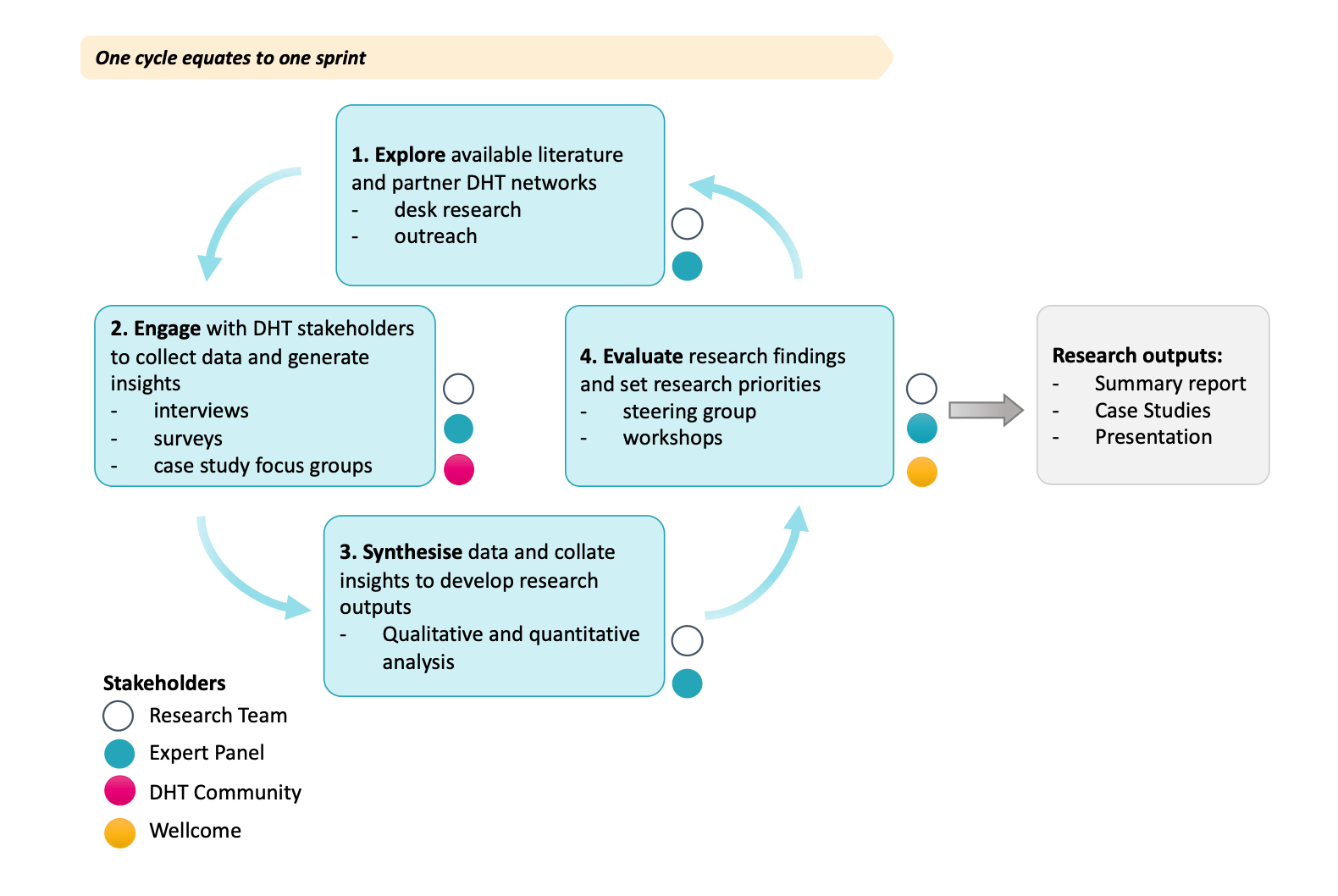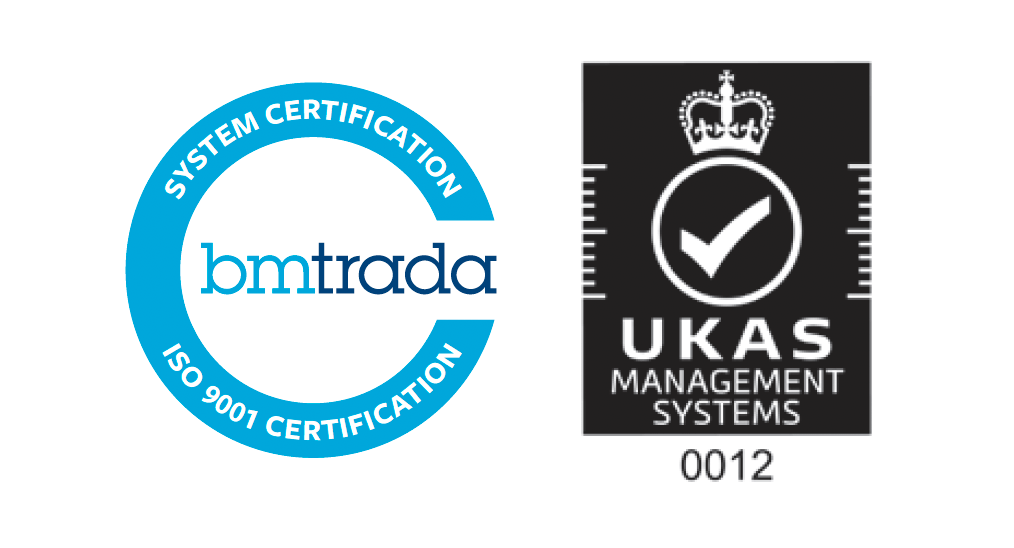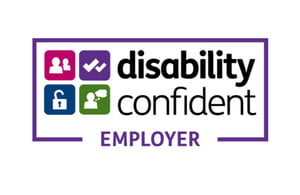In the concluding segment of our 3-part series on translation of digital health technologies from academia with the Wellcome Trust, we explore our approach to the research and how we provided a comprehensive view of a vast and complex topic.
‘What are the barriers and opportunities to the successful translation of Digital Health Technologies (DHTs) to achieve long lasting health impacts?’ is an important research question with a huge scope. That scope includes all types of digital health technologies, non-profit and for-profit commercialisation routes and spans high-income and low-and-middle-income countries. What is the best way to deliver this broad scope in a short timeframe of 13 weeks, while delivering insight and value?
Agile sprint based approach
We adapted an agile sprint-based approach usually reserved for product development and software engineering disciplines, and applied this to a research project to ensure we delivered insightful and targeted recommendations within the timeframes required.
We worked in 2 week sprints, conducting up-front research to outline the research focus of each. These sprints covered the following topics:
1. Market landscaping for digital health technologies
2. Costs, funding and business models
3. Open technology and data
4. Enabling environment and regulatory interfaces
5. Recommendations
The sprint-based approach followed the cycle of Explore, Engage, Synthesise and Evaluate to produce a report chapter and case study at the end of each sprint.
Our approach is summarised below:

1. Explore
We started each sprint with a planning session to focus the whole team’s resource on the research topic for that sprint, including formulating key lines of enquiry and hypotheses. Based on this we conducted targeted research, literature reviews and analysis.
2. Engage
We engaged with key stakeholders in the digital health ecosystem both through interviews and focus groups with identified experts.
3. Synthesise
We synthesised the outputs from our research, analysis, interviews and focus groups and used this to craft each chapter of the report, as well as case studies showcasing example translation journeys.
4. Evaluate:
We conducted a sprint retrospective following the completion of the 2-week cycle. This allowed us to reflect on the work we had done and take our learning into the next sprint to ensure we were flexible and could adapt to changing requirements as we progressed with the research. It also allowed us to identify areas for improvement and fostered a continuous learning environment.
At the end of the four sprints, the report chapters were all written and brought together into a single report with accompanying case studies.
Expert panel
We assembled an expert advisory panel from across the globe to ensure we had sufficient global coverage. The panel represented individuals across the digital health landscape with varying expertise – from academia and technical expertise to commercial and policy. They were materially involved in the sprint planning and research, and were a vital resource which we were able to tap into throughout the project to inform the direction of the research and the writing of the report.
Overall, our success in this project reinforces our commitment to exploring innovative methodologies and cross disciplinary learning. By continually refining and exploring innovative approaches, we strive to optimise outcomes for our clients and partners in every project engagement.
Please contact us today to find out more about this research and our work across digital health.
References:


